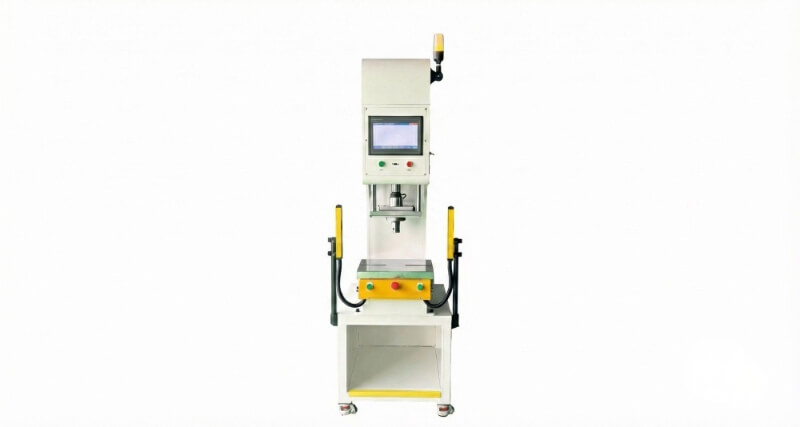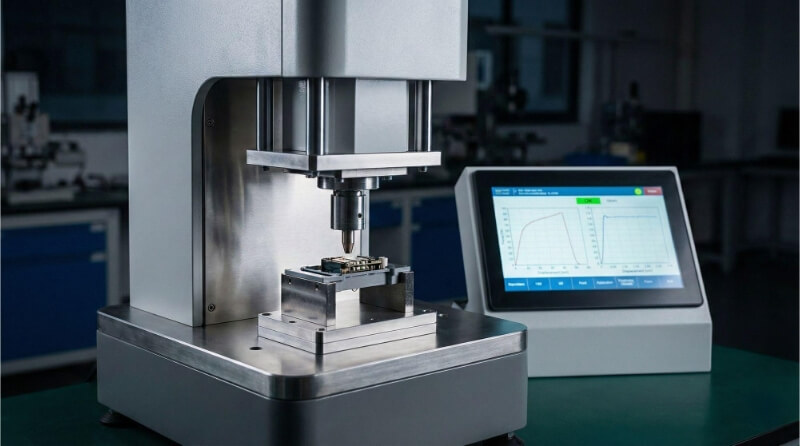A common challenge in electronics manufacturing is making accurate and repeatable solder joints without harming heat-sensitive parts. Traditional soldering methods often lack precision, cause overheating, and lead to inconsistent results. Laser soldering offers a reliable solution to these problems.
Are you curious about how it works and where it fits into your project? Let’s explore the principles, applications, and benefits of laser soldering.
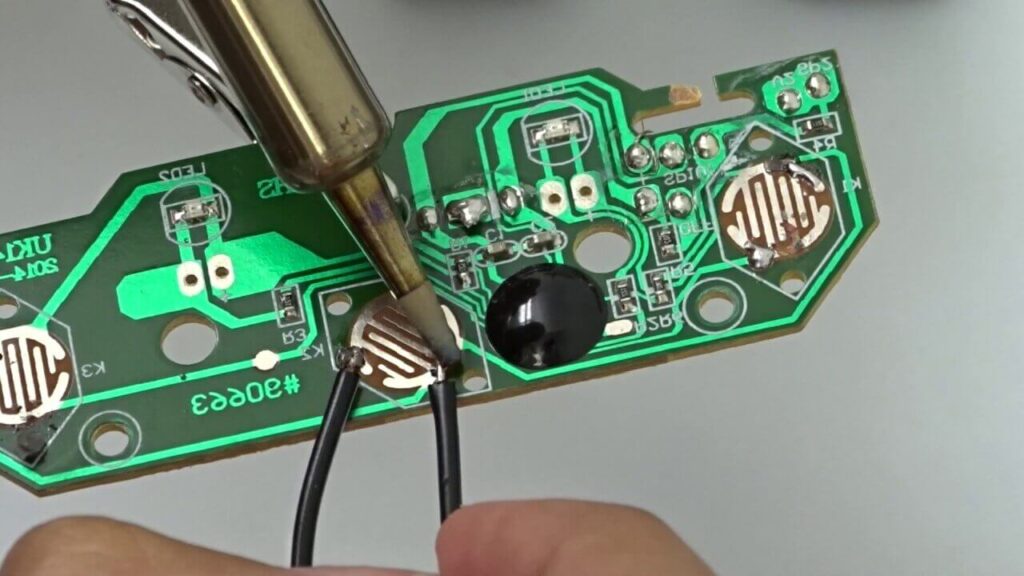
What Is Laser Soldering?
Laser soldering uses a focused laser beam to melt solder and join materials. The laser heats the solder without touching the parts, creating a clean and strong bond. This method is ideal for delicate or complex components where precision matters.
Unlike traditional soldering, laser soldering doesn’t require physical contact, reducing the risk of damaging sensitive parts. It’s a noninvasive technique that delivers consistent results.
Key Differences Between Laser Soldering and Traditional Soldering Techniques
Laser soldering and traditional methods have distinct differences. Here’s a quick comparison:
- Contact vs. Non-Contact: Traditional soldering uses tools that touch the materials. Laser soldering uses a beam, avoiding physical contact.
- Heat Control: Lasers provide precise heat, reducing the risk of damage. Traditional methods can overheat nearby areas.
- Speed: Laser soldering is faster, especially for complex tasks.
- Applications: Laser soldering excels in delicate or intricate work. Traditional methods are better for more straightforward, larger-scale jobs.
Fundamentals of Laser Soldering
Laser soldering is a precise and efficient way to join materials. But how does it work, and what makes it so effective? Let’s break it down.
How Laser Soldering Works: The Core Principles
Laser soldering creates joints using focused light energy to heat solder material to its melting point. The process starts when the laser beam hits the target area. The material absorbs the light energy and converts it to heat. This heat melts the solder, which flows into the joint area. As the solder cools, it forms a solid electrical and mechanical connection.
Types of Laser Sources Used in Soldering
Different lasers are used for soldering, depending on the application. Here are the most common types:
Fiber Lasers
Fiber lasers are compact and efficient. They work well for small, precise tasks, like soldering electronic components, and their high energy density makes them ideal for fine work.
Diode Lasers
Diode lasers are versatile and cost-effective. They’re often used in industrial applications. Diode lasers provide consistent performance and are easy to integrate into automated systems.
CO₂ Lasers
CO₂ lasers are robust and work well with non-metallic materials. They’re less common in soldering but are helpful for specialized tasks.
Materials Suitable for Laser Soldering
Laser soldering works with a variety of materials. Here’s a look at the most common ones:
Metals Commonly Used in Laser Soldering
- Copper: Widely used in electronics for its conductivity.
- Gold: Ideal for high-end applications due to its corrosion resistance.
- Silver: Offers excellent thermal and electrical properties.
These metals are easy to solder and provide strong, reliable bonds.
Non-Metallic Materials and Their Challenges
- Ceramics: Used in electronics and medical devices. They require careful handling to avoid cracking.
- Plastics: Some types can be soldered but often have lower heat tolerance.
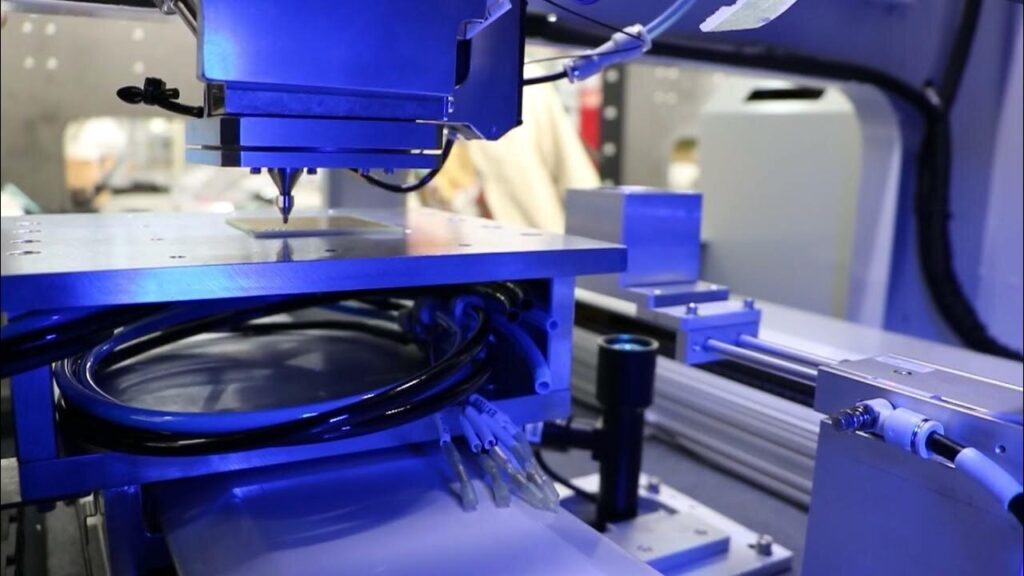
Step-by-Step Laser Soldering Process
Laser soldering is a precise process that requires careful preparation and execution. Here’s a step-by-step guide to how it works.
Step 1: Preparing the Materials
Before starting, ensure the materials are clean and ready. Remove any dirt, grease, or oxidation from the surfaces.
Step 2: Setting Up the Laser Parameters
Next, configure the laser settings. This includes power, beam size, and duration.
Step 3: Applying Flux (If Required)
Flux helps the solder flow and bond better. Apply it to the joint area if needed.
Step 4: Laser Heating and Solder Melting
Now, the laser heats the solder. The beam targets the solder, melting it to form the bond.
Step 5: Cooling and Solidification
After heating, let the solder cool and solidify. This forms a strong, durable joint.
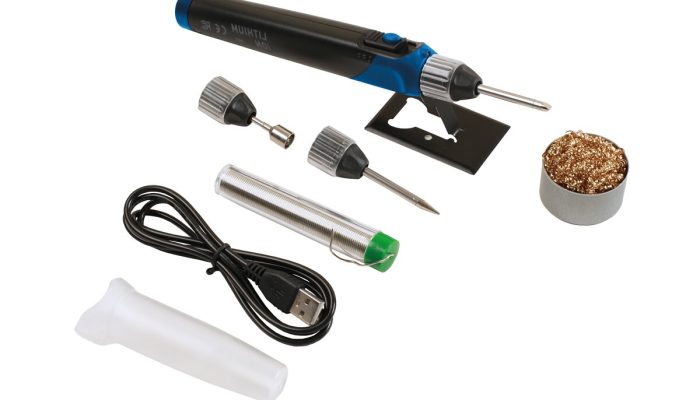
Advantages of Laser Soldering
Laser soldering stands out for its precision, speed, quality, and versatility. These benefits make it a top choice for many industries. Let’s break them down.
Precision
Laser soldering delivers pinpoint accuracy. The focused beam heats only the target area without affecting nearby components, making it ideal for delicate parts in electronics, medical devices, and other precision industries.
Speed
The process is faster than traditional soldering methods. It applies heat instantly and completes joints in seconds, reducing production time and increasing efficiency, especially in automated manufacturing.
Quality
Laser soldering produces clean, consistent joints with minimal defects. The controlled heat reduces oxidation, warping, and thermal stress, improving the strength and reliability of the final product.
Versatility
Laser soldering works with various materials, including metals and coated surfaces. It adapts to different shapes and sizes, making it suitable for many industries, from electronics to automotive manufacturing.
Challenges of Laser Soldering
While laser soldering offers many benefits, it’s not without its challenges. Understanding these hurdles can help you decide if it’s the right choice for your needs.
Material Compatibility Issues
Not all materials work well with laser soldering. Some metals, like aluminum and copper, reflect laser energy, making them harder to process. Special coatings or surface treatments may be needed to improve absorption.
Equipment Cost and Initial Investment
Laser soldering systems require advanced technology, which makes them expensive. The initial investment includes the laser source, control systems, and safety measures. High upfront costs can be a barrier for smaller manufacturers.
Process Complexity and the Need for Skilled Operators
Operating a laser soldering system requires training and expertise. Factors like laser power, beam focus, and material properties must be carefully controlled. Without proper settings, defects like weak joints or overheating can occur.
Applications of Laser Soldering
Laser soldering is versatile and used in many industries. Its precision and reliability make it ideal for high-tech applications. Let’s explore where it’s making an impact.
Electronics Manufacturing
Electronics manufacturers use laser soldering to assemble circuit boards, microchips, and other small components. The process protects delicate parts by reducing excess heat. It ensures high-quality, repeatable results.
Automotive Industry
Car manufacturers use laser soldering for wiring harnesses, sensors, and battery terminals. The process makes strong joints that resist vibration and wear, improving the durability of electronic parts in vehicles.
Aerospace and Defense
Aerospace and defense industries need precise and reliable soldering. Laser soldering is used in avionics, satellites, and communication systems. It provides high accuracy and consistency, which are crucial for safety and performance.
Medical Device Manufacturing
Medical device manufacturers use laser soldering for pacemakers, hearing aids, and surgical tools. The process allows for tiny, high-precision joints. It also reduces heat damage, keeping components safe and functional.

Best Practices for Laser Soldering
Follow these best practices to get the best results from laser soldering. They ensure high-quality joints and efficient processes.
Optimizing Laser Parameters for Different Materials
Different materials need different laser settings. Adjust the power, beam size, and duration to match the material and solder type.
- Power Levels: Higher power for thicker materials, lower for delicate parts.
- Beam Focus: Smaller beams for precision, larger for broader areas.
- Heating Time: Longer for high-melting-point solders, shorter for low-melting-point ones.
Proper Surface Preparation for High-Quality Joints
Clean and prepare the surfaces before soldering. This helps the solder bond properly.
- Clean the Surfaces: Remove dirt, grease, and oxidation.
- Rough the Surface: Light abrasion can improve adhesion.
- Apply Flux: Use flux to help the solder flow and bond better.
Process Monitoring and Defect Detection Strategies
Monitor the soldering process to catch issues early. Use tools and techniques to detect defects.
- Real-Time Monitoring: Use cameras or sensors to watch the process.
- Inspect Joints: Check for cracks, voids, or incomplete bonds.
- Adjust as Needed: Make changes to settings if defects are found.
Conclusion
Laser soldering is a precise, fast, and reliable method for joining materials. It uses focused laser beams to melt solder, creating strong bonds without damaging surrounding areas. This technique is ideal for delicate or complex components, making it a top choice in electronics, automotive, aerospace, and medical devices.
If you’re looking for a solution that combines precision, speed, and quality, laser soldering might be the answer. Contact us today to learn how laser soldering can benefit your projects. Let’s discuss your needs and find the best solution for you!
Hey, I'm Kevin Lee

For the past 10 years, I’ve been immersed in various forms of sheet metal fabrication, sharing cool insights here from my experiences across diverse workshops.
Get in touch

Kevin Lee
I have over ten years of professional experience in sheet metal fabrication, specializing in laser cutting, bending, welding, and surface treatment techniques. As the Technical Director at Shengen, I am committed to solving complex manufacturing challenges and driving innovation and quality in each project.

